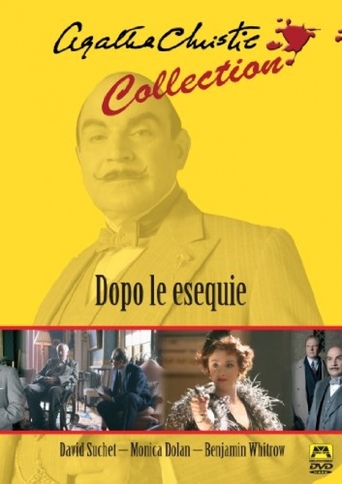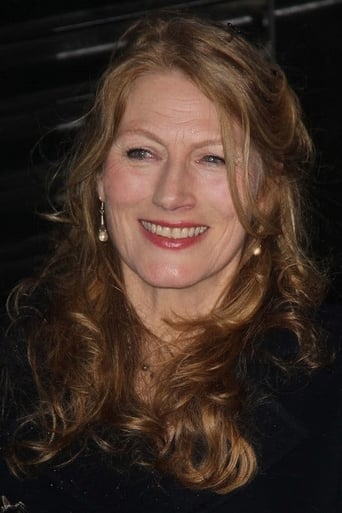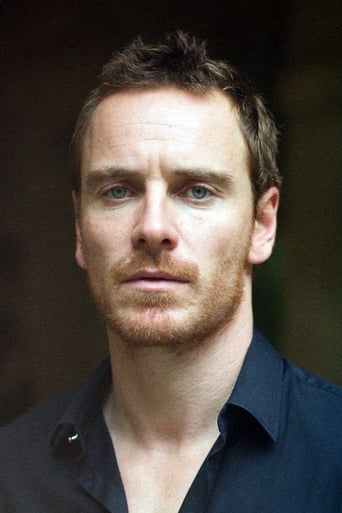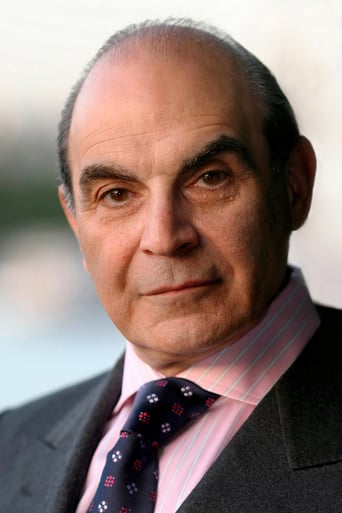

Poirot: After the Funeral (2006)
When a man disinherits his sole beneficiary and bequeaths his wealth to others just prior to his death, Poirot is called in to investigate.
Watch Trailer
Cast
Reviews
Best movie of this year hands down!
The Age of Commercialism
It's easily one of the freshest, sharpest and most enjoyable films of this year.
It's simply great fun, a winsome film and an occasionally over-the-top luxury fantasy that never flags.
I may not be able to bring much new to this discussion. People here have already been heaping praise on this episode, and they are completely justified. It is one of the best. I watched this the same day as "Cat Among the Pigeons" and I think I marginally prefer the latter, but both of these are masterful and very different plots, with dramatic integrity and unique styles. "After the Funeral" takes place appropriately after the funeral of one Richard Abernethie (John Carson) as his dysfunctional family gathers at Enderby Hall. They're an interesting lot: less loopy than the Serrocolds from "They Do It With Mirrors" but not as vicious as the Cloades from "Taken at the Flood". Initially all of the characters seem rather unpleasant, but as the story progresses we come to see the good in them. All the characterizations are fully drawn, and even though there are many, I felt as though they had all had an ark of sorts. The best characterization of all is the murderer. Monica Dolan absolutely makes this episode in her dual role as Miss Gilchrist and her victim Cora Gallacio. The performance is simply superb, character, motivation, and one of the ingenious plots in the series all seem inextricably linked. The reveal at the end comes courtesy of an extra chilling detail, which I won't spoil here. I'm sorry I gave away the murderer's identity but I think many of the other reviews already have. The cinematography in this episode is also stunning. Very bright colors particularly greens at Enderby Hall, where there is also a stark contrast with the jet black cars from the funeral procession, and the smart suits of the guests. Then in the final drawing room scene, there is an aura which seems almost as if fog was floating through the room. David Suchet is fantastic as usual but I think Dolan actually manages to take his spotlight in the last third. Robert Bathurst makes for a good sidekick, his demeanor and his crush on Helen Abernethie (Geraldine James) are very endearing. Michael Fassbender who would go on to be nominated for two Oscars, turns in a very early performance yet he already shows great potential. (Suchet claims to have anticipated a great career for him and several others.) If you like the Poirot series, see this episode, but, let's face it, you probably have already.
As I recall from the time more than ten years ago when I read "After the Funeral," the book left me underwhelmed for some reason -- moreso than it should've, considering its criminal scheme is a neat idea, and a very Christie-ish one. A few bits do stand out in my memory, namely "Goodie! I shall go to Capri.", and The Willow Tree. This Suchet film version smartly preserves these for the most part, and is one of the less flawed episodes of the 21st century wave. The basic clues to reach the bottom of the mystery are there, but the movie could draw better attention to them. Our chance to recognize them is too quick and oblique. A few brief mystery subplots are basically revealed to us only for surprise, without clues and detective work. The story is disadvantaged by the way it revolves around rich, self-absorbed people whining and backbiting about their inheritances. Especially in an age of economic recession, this is a very unimportant topic to watch in a movie. Certainly it's hard to relate to this topic or have sympathy for the characters.However, the film compensates for this with witty consideration of the theme of England's class system and the status of servants. At the center of this is the Gilchrist character, paid companion and doer of light housework for a bohemian woman who's at least somewhat connected to her wealthy family. Gilchrist insists (with a touch of snobbery) that she has never considered herself a servant. Unfortunately for her, other snobby characters presumptuously treat her like one.Along this line, one of the most interesting, complex characters is Susannah Henderson, apparently a reworking of a book character. Despite being the only member of the Abernethie clan whose life work is that of charity, Henderson herself is not free of snobbery. She seems to very much believe in her mission. She puts her money where her mouth is, willing to move to Africa to do her charity work. She also speaks sympathetically of derided characters like Cora Gallaccio. Yet Henderson has a bit of an air to her. Watch how, when she arrives at Gilchrist's house, she wordlessly holds up her suitcase, expecting Gilchrist to take it as if she were a maid, rather than her hostess. Apparently a young lady from a rich family expects this of a lower class paid companion. Throughout her time at Gilchrist's house, Henderson also ignores or interrupts her even while acting with nominal friendliness.I could've done without the bit of anti-abortionism injected at one point (and not for the only time this season). If the character who injects this sentiment hates the "sordidness" of back alley abortion clinics so much, perhaps the answer is to advocate for safe, legal clinics and social acceptance.Like other recent Poirots, humor is deemphasized, but there are some nice touches of Poirot's fussiness and vanity during some of his exchanges with Entwhistle. (Entwhistle meanwhile is a dull Hastings stand-in who also serves the opening exposition about all the suspects, a group from an extensive family tree who are done no favors by the rushed, confusing intro.) My favorite humor here is something that's almost a running gag but which is probably unintentional. You kind of have to look for it. Under the pretense of staying at the Abernethie mansion to investigate the murder (which didn't even take place anywhere near there), Poirot seems to enjoy frequent snacks and tea breaks at a cloth-covered table on the terrace, at the Abernethies' expense. He has a good gig going on.
The last episode I have seen of this series was the last made at this writing. And it is the best I have seen, fully cinematic, and a competent mystery after a decade of mostly wasted opportunities. With this episode, I have seen three of the four from season 12 and all are excellent.This one is a contender for the best, based on a very subtle trick that is played on the viewer, a trick that is the cinematic equivalent of the sort of literary clue Agatha would have used. The solution to the murder has to do with a character playing a part, a redhead, incidentally. Two of our suspects are actors, and that allows us to have a scene in the middle of all the suspects, family members who benefited from the will.The scene is wonderful. It is on a stage where a play has just finished with a murder. The characters lounge on the set. This is mirrored at the end with the constant Poirot device where all the suspects are collected, and the murderer (and other villains) revealed. In this case, the room is marvelously overblown but strictly reminiscent of the stage we saw earlier. Lest we miss the clue, that room contains a dollhouse. And yes, that dollhouse contains a clue.One of the red herrings is a pair of nuns who pop up in suspicious places. Guess what we see in the background of the behind the scenes in that play? An actress playing a nun. She's so subliminal you probably wouldn't have noticed her. Its a great, great piece of mystery stagecraft. Notice that the woman suspect's hair (she's in the foreground) though normally brown is lit to be red. Another clue.Overall, the way the camera is managed is very well considered. Half the time it is expository mode. Christie mysteries are very talkie. The other half of the time the camera is in Hitchcock-dePalma mode. Curiously examining as Poirot would.Ted's Evaluation -- 3 of 3: Worth watching.
David Suchet is Agatha Christie's mustached detective Hercule Poirot in "After the Funeral," produced in 2005. Anyone who has heard David Suchet speak with his own British accent knows what a shock it is, because his accent as Poirot is so perfect and organic to the character. Suchet is the Poirot of Agatha Christie's books, and although I confess a love for Peter Ustinov in the role, his portrayal doesn't have that much to do with what Christie wrote.In this episode, Poirot is asked by a solicitor friend to investigate the possible murder of one of his clients. Enroute on the train, the solicitor recounts the events after the death - a strange will disinheriting the expected heir and the pronouncement of the man's sister that he was murdered. When Poirot meets the family, he discovers adultery, lots of secrets, another will and murder.The story is excellent with rich production values and a wonderful, detailed depiction of the time period. All of the acting is superb, particularly from Monica Dolan, who plays Miss Gilchrist. Poirot here is without Hastings, his beautiful office, or Miss Lemon but he's effective nonetheless.I had the privilege of seeing David Suchet on Broadway in "Amadeus." Breathtaking. What an actor - when he's playing Poirot, all I see IS Poirot.


